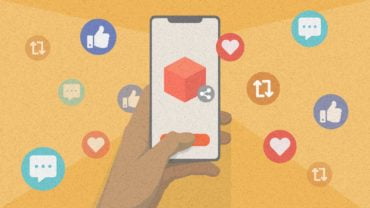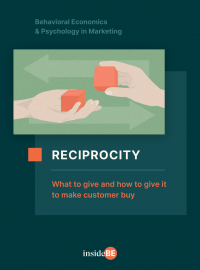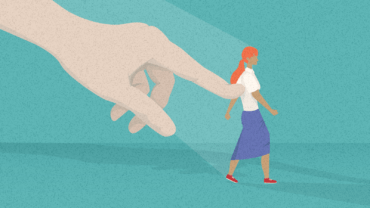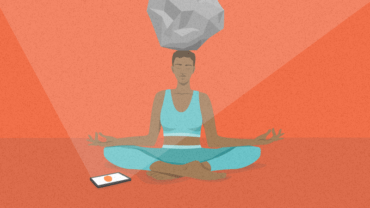How Leveraging Social Currency Increases Sharing
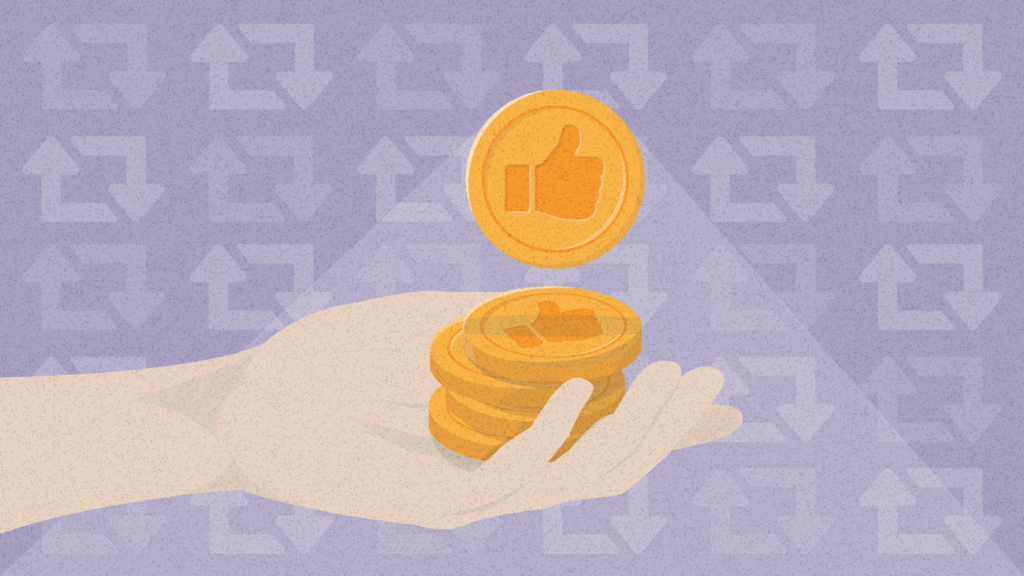
How do you pump up your brand’s visibility, multiply content shareability, and increase customer loyalty, all at the same time? It’s simple – help your clients increase their social currency through your brand. First, provide exclusive treatment. Then, spice it up by making them feel better than the rest.
In this article, you’ll discover:
- What content people prefer sharing and why;
- How businesses can leverage the natural human tendency to share content; and
- How to increase your customers’ social currency in the online and offline world.
Social currency – the account you didn’t know you were investing in
Imagine this.
Lindt has launched a dessert parlor in your city, adorned with attractive bulbs in bright shades. You’re one of their first ever customers. In no time at all, the attendant serves you some fresh chocolate-coated strawberries with a cup of hot chocolate.
But you don’t begin to eat yet. You wait till you’ve captured the perfect mouth-watering picture of the dessert, ready to post on Instagram. Then you also tag the location, ‘Lindt Cafe.’ Your followers now know that you are at an exclusive and expensive place, showing that you are in the know and can afford it. Only after that are you finally ready to eat. But the satisfaction doesn’t end here.
The icing on the cake lies in your inbox. Your messages are being flooded with questions about the cafe, the taste, the experience, and now your opinion is worthy of others. You’ve just increased your social currency and it feels so good. So, what exactly is this social currency?
What is social currency?
According to Jonah Berger, “People prefer sharing things that make them seem entertaining rather than boring, clever rather than dumb, and hip rather than dull. So, things which give us higher social status are most likely to be shared more.”
Things which give us higher social status are most likely to be shared more.
To think about how social currency plays out in your life, you should assess your behavior on social platforms. Ask yourself these questions:
- What are the elements of my life that I like to talk about? Are they extraordinary or ordinary?
- Do I share everyday moments, or do I share instances that make me stand out?
- How often do I speak about my failures? By comparison, how likely am I to flaunt my achievements?

Discover ground-breaking ideas and fascinating solutions.
It’s a common need (and a natural one, according to Maslow) for us as humans, to crave greater self-esteem. Earning social currency is one of the quickest ways to boost this. So, most of our actions and behaviors inherently align with ways to increase our social currency in society. We focus on elements that make us appear desirable, elite, distinctive, or accomplished. It could be as simple as sharing a Coursera certificate on LinkedIn or calling up our friends to tell them about a room upgrade at a hotel.
Earning social currency is one of the quickest ways to satisfy our need for greater self-esteem.
Humans evolved with a natural tendency to share information with others. However, with increasing usage of virtual communication, we’re more aware and equally more conscious than ever of what we share. So, we tend to share, or rather announce, those experiences that help us project a higher social status, for the simple reason that they increase likeability or social currency.
In this article, we’re looking at how social currency influences what we share, and how brands can leverage that. But while social currency plays a crucial role in the psychology behind shareability, many other factors influence it as well. You can read more about that in this piece on How to Write Shareable Content According to Psychology.
How should businesses approach social currency?
To start with, you need to audit and evaluate your business’s perception in the eyes of your customers. It’s crucial to examine all brand activities and identify why someone would be willing to share your content, and what’s in store for them. Look at your brand and ask yourself these three questions.
- How does my product or idea help my users to increase their social currency?
- Does my brand help them look better in the eyes of others?
- Do I offer opportunities that make them feel exclusive?
Word-of-mouth has proven to be 5x times more effective in nudging users towards a brand than paid advertisements.
A key element that brands tend to overlook is ways of elevating their users’ social currency beyond social media. Shareable content isn’t restricted to social media but is also applicable in the offline business world. While creating content, don’t ignore the ability of the offline experience to increase social currency, because it can be a game-changer for your brand.
Pro tip: Unlike paid advertisements, word-of-mouth has proven to be 5x times more effective in nudging users towards a brand. A key reason behind this is that the information is coming from a known source.
Stepping into your customer’s shoes
Let’s flip perspectives from being the brand to being an ordinary consumer – what would encourage us as users to share and increase our social currency?
We’re motivated to share because of social comparison and what others will think about us. Interestingly, our brain also supports this by releasing dopamine every time we get positive feedback (likes) on our posts.
According to research by the New York Times, people share stories to define themselves to others. We are more likely to post on social media if it makes us stand out from the crowd because we have something which others don’t. The second motivating reason to post is that it makes us feel superior because we have achieved something others haven’t.
We're motivated to share because of social comparison and what others will think about us.
For example, you may not post pictures from a restaurant you frequently visit, but if you’re invited for the private launch of a new restaurant, you’re more likely to share that.
Content that increases social currency
Simply put, Jonah Berger says, “To get people talking, companies and organizations need to mint social currency. Give people a way to make themselves look good while promoting their products and ideas along the way.’’
Here are two ways for brands to help their customers increase their social currency.
Make it exclusive
Making something restricted, scarce, or exclusive improves word-of-mouth. When we feel like we have insider knowledge, we tend to share it with others to boost our social currency. We are showing them that we know or have access to something they don’t.
For example, the Please Don’t Tell Bar in New York thrives on people who can’t help but tell secrets if it makes them look cool or unique. Without marketing, it has become one of the most popular bars in New York.
They installed an old phone booth in the back of their hot dog restaurant. When you go in and dial number 1, a voice asks if you have a reservation. Then a hidden door opens and you enter a secret bar, appropriately called Please Don’t Tell. To show off and increase their personal social currency, people spoke about it so much that it soon became the talk of the town.

Source: Trusted Travel Girl
Many credit card companies have also mastered the art of making their cardholders feel extraordinary by showering them with perks. For example, American Express is one such company. If you hold a platinum card, you can exclusively enter the business class lounge at airports across the world while holding an economy ticket. Imagine being able to relax in the lounge, feast on the buffet, drink unlimited wine – all without paying for any of it. American Express, indeed, hits the right chord. (Be right back, we’re signing up for this deal.) Research has also shown that users best respond to tangible rewards.
Sometimes, brands can also increase currency by offering utility services to their subscribers. For example, Telegram is one messaging app in India that is surging in popularity because it gives information to its users quicker than others.
Due to the country’s high population, many Indians were struggling to book a vaccination appointment. Telegram installed a feature that exclusively notified their subscribers. It gave information as soon as a vaccination center opened in their vicinity, enabling them to book immediately. Users shared this information through word of mouth and increased their social currency, as they appeared to have insider knowledge.
Celebrate achievements publicly
Research also shows that people care about how they are doing in comparison to others more than about monetary rewards.
We tend to share more when we have proof of accomplishment (tangible, visible rewards) that imply that we are better than others. Research also shows that people care about how they are doing in comparison to others more than about monetary rewards.
American Airlines offers an increment in ‘status levels’ as a part of their loyalty program. As you complete more flying miles with them, members get various perks such as priority boarding, free checked baggage etc. These perks are visible to others, and so they tend to share this proof of achievement to increase their social currency. Also, they tend to remain loyal to American Airlines.
The Starbucks Loyalty Program is another successful example of how a brand can make a customer feel privileged. (In this case, the customers work for it without realizing it.)
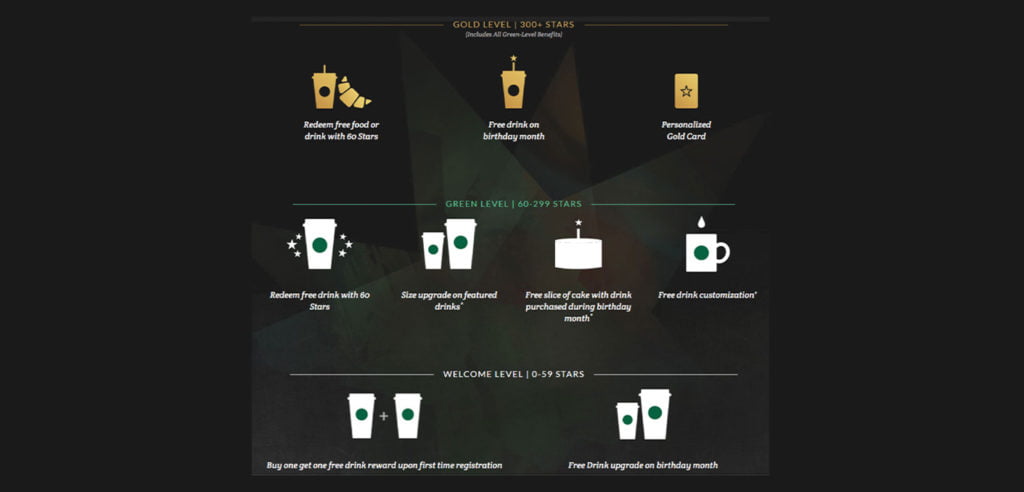
Source: Starbucks Singapore
According to the program, you earn a few stars for every purchase at Starbucks. Once you hit a certain number of stars, you get a free tall drink. Additionally, Starbucks pampers you by offering another free drink during your birthday month as well. In this way, customers feel celebrated at every milestone and tend to share stories through conversations.
There’s a lot to learn from big tech companies as well. They put considerable effort into retaining young talent by gifting them generously. For example, Amazon sends customized goodies such as t-shirts, hoodies, water bottles, bags etc. to everyone when they start a new job. In return, these employees have tangible rewards to talk about on LinkedIn, increasing their social currency.
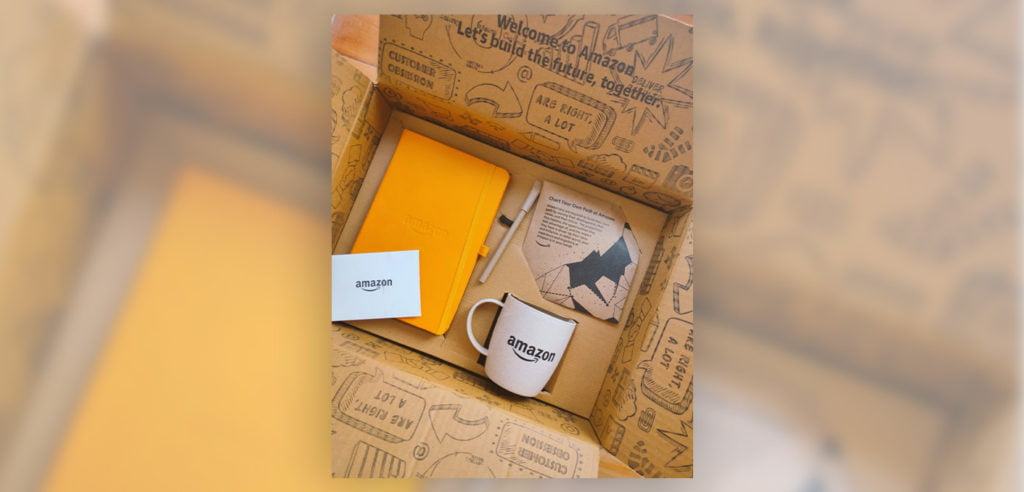
Source: Twitter
Key takeaways:
- Your brand needs to help users increase their social currency so that they see value in talking about you on their platforms. Ask yourself “How does my brand make people feel and look? Do they feel cool, exclusive, or accomplished?”
- Make customers feel exclusive. Design your products, activities, and communication in such a way that you make your customers feel exclusive. They will then be tempted to share the experience with others.
- Make customers feel accomplished. When people feel better than others, they will share the moment to increase their social currency. Ask yourself how you can achieve just that.

